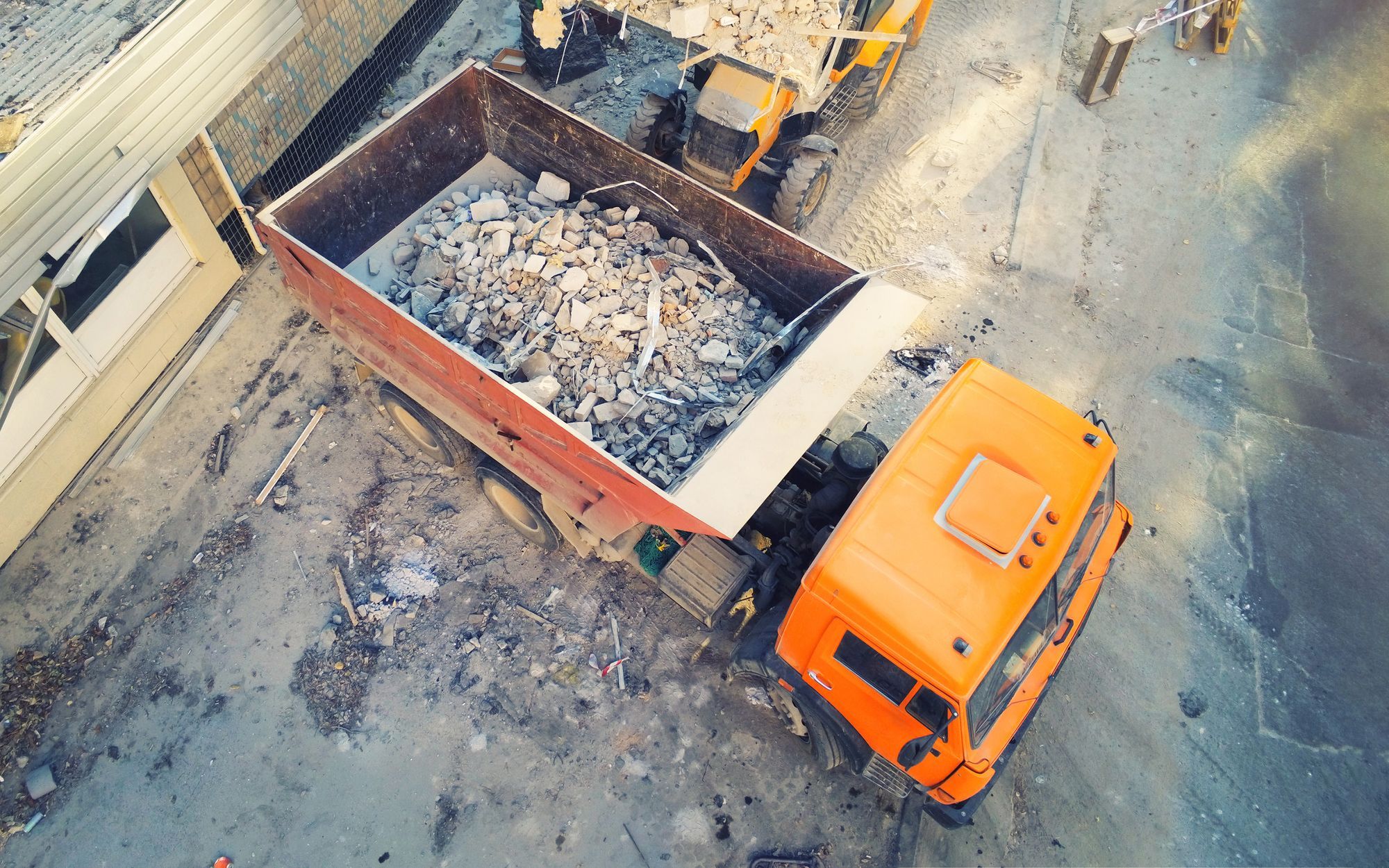As any construction professional knows, dumpster-loads of waste can be generated by a site on a daily basis. And this waste can cause problems onsite through delays and associated costs and offsite once the waste has been collected and distributed.
Today, however, there are an increasing number of innovative waste solutions for construction companies, delivering greater efficiency on and offsite, and even providing a few hidden advantages.
Here’s a look at how construction waste can be transformed from a problem to an opportunity and why better waste management can lead to safer and more efficient working conditions.
Is Construction and Demolition Waste a Problem?
Construction and demolition (C&D) waste constitutes a massive proportion of the total amount of waste produced in the United States every year, with the Environmental Protection Agency estimating “that 569 million tons of C&D debris were generated in the United States in 2017, which is more than twice the amount of generated MSW [Municipal Solid waste].”
C&D waste includes steel, wood products, drywall and plaster, brick and clay tiles, asphalt shingles, concrete and asphalt concrete, according to the EPA, and the majority of this comes from demolition, with only about 10% attributed to construction.
At site-level, construction and demolition waste can cause costly delays, and also pose an issue to companies that are trying to build more sustainable structures. In a wider sense, if not properly handled, this waste can have a serious environmental impact—with toxins leaching into the ground and water supply as well as contributing to our ever-growing landfill problem.
However, what sets C&D waste apart from other types is that the majority of the materials can be recycled or repurposed and new solutions currently are being tried out to help construction professionals achieve this.
The Solutions to C&D Waste
A shift in what is considered best practice is one of the most innovative solutions to C&D waste. This starts with changing the design process of new buildings, prioritizing renovation over re-building, incorporating C&D waste materials into new projects and creating purchasing agreements that avoid excess resources ever coming to a site.
Additionally, with 90% of C&D waste coming from demolition, construction professionals are increasingly turning to deconstruction, an alternative that attempts to reclaim the bulk of materials in existing structures.
Deconstruction is breaking down existing buildings to salvage the materials, as opposed to simply demolishing them. It’s most effective for wood-framed buildings; buildings with components of high resale value (such as hardwoods, architectural moldings, specialty doors, etc.); structurally-sound buildings so as not to salvage rotting or degraded materials; and buildings with high-quality brick construction but low-quality mortar.
If C&D waste can’t be salvaged, the next best solution is recycling, which is especially important for asphalt, concrete and rubble, which can be turned into new aggregates. Additionally, other materials such as wood and plaster board may also be recycled. As the industry continues to grow, it is thought that most materials will find a way into recycling streams despite the unique challenges posed by the construction industry.
Finally, when it comes to site and material management, the collection of C&D waste may be time critical, which is why there is now the option for contractors to have waste collected from a site on demand. At a time when almost anything can be ordered from the screen of smartphone, why should the construction waste industry be any different?
The Benefits of Good C&D Waste Management
Directing a large part of the C&D waste stream away from landfills has actually proved incredibly effective, with an estimated 4,300 acres of landfill at a 50-foot depth avoided through recycling. This reduces the possibility of toxins in the ground and water supply as well as unnecessary land usage. What’s more, the reuse of C&D waste also lessens the environmental and financial costs associated with the extraction, processing and transportation of virgin resources.
Aside from these broader environmental benefits, the proper handling of C&D waste can also have a positive impact for individual construction companies. For example, C&D waste diversion can reduce the costs of a construction project by avoiding purchasing and transportation costs. In addition, there is the option of donating recovered materials to qualified 501(c)(3) charities to achieve tax breaks. Moreover, if a project is following sustainable building practices, such as LEED, the proper handling of C&D waste can potentially gain the company accreditation points.
What’s more, the recycling of C&D waste is responsible for the creation of thousands of jobs—230,000 in 2007 alone, according to the EPA’s 2016 Recycling Economic Information Report. This represents by far the largest number of jobs when compared with the other recycling categories in the report such as electronics, food, paper and glass.
Construction and demolition waste still represent a huge proportion of total solid waste in the United States, but the percentage that is diverted from landfills and put to good use far exceeds other waste, such as MSW. Through innovative material-sourcing and project-planning, the reuse of existing C&D waste, and the use of technology-driven waste management companies, construction professionals at any level can help curb the problem of waste and even turn it to their advantage.







